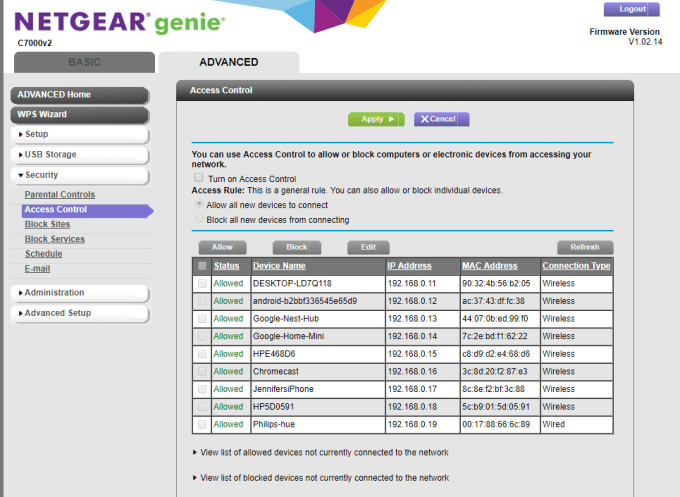
You might need to contact your ISP for help with this step, as some won’t allow you to configure the gateway yourself. Some gateways have what’s known as a “bridge mode” for working with a secondary router others handle it differently. If your broadband gateway also has a built-in router, such as this Motorola NVG510, you’ll need to put the gateway’s router into “bridge” or “passthrough” mode to use your own router. Enter the IP address into a web browser to access the gateway’s configuration screen. ( Here’s explanation of double NAT and why you want to avoid it.) You’ll need to know the IP address that the gateway is using (you’ll typically find this on a label on the gateway itself). This is necessary to avoid double-NAT scenarios, among other things. If your gateway has an integrated router, you’ll need to configure the gateway to disable the router and pass the WAN IP address (the unique Internet Protocol address that the ISP assigns to your account) and all network traffic through to your new router. Unfortunately, these integrated modem/routers are usually of much poorer quality than stand-alone routers, and they are unlikely to allow you to build out mesh networks that have multiple wireless access points (or APs) that enable you to blanket your home with Wi-Fi. Most ISPs provide their customers with modems-aka gateways-that have routers built in. Step 2: Configure your wireless router gateway Many newer routers, such as the TP-Link Deco M5 show here, have auto-sensing ethernet ports that configure themselves for WAN or LAN duty based on the signal they receive from the cable. You’ll need to perform some preliminary steps first, so don’t disconnect or turn anything off just yet. Some routers have a designated WAN (Wide Area Network) port for connecting to the gateway, while others have auto-sensing ports that automatically configure themselves as WAN or LAN (Local Area Network, i.e., your home network).

Instead, place the node where its wireless signal can reach that dead spot. Mesh systems need not be expensive-our favorite budget pick, TP-Link’s Deco M5 three-pack is just $150.īut, caution: Don’t put a wireless node in a Wi-Fi dead spot-it won’t be able to connect to your network any better than any client device. Your data will wirelessly hop from one node to the next, and you’ll have a strong Wi-Fi signal nearly everywhere in your house. In this system, you locate one node wherever your gateway is, and then place subsequent nodes in different rooms of your home.

If you’re really ambitious, you could run a pair of ethernet cables through your walls to that ideal central location (one cable to connect the router to your gateway, and a second to connect it to an ethernet switch-perhaps in the closet with the gateway).īut there’s also an easier option: a mesh-style router.

You don’t need to move the gateway, but you can use a longer (and very inexpensive) CAT5e or CAT6 cable to connect the router to the gateway’s ethernet port so you can put it out in the open. If you can’t put your wireless router in the center of your home, at least try to avoid putting in a closet that will crimp its range. There just happens to be a wet bar at the center of my home. The best place to locate your router is in the center of your home. That equipment (be it a cable or DSL modem or-if you’re really lucky-a fiber gateway) is invariably installed at a perimeter wall. It’s also impossible for most people to do, because you need to connect your router to the broadband gateway for your internet service provider (ISP). That will provide the most even coverage. Step 1: Place your wireless routerĪs any router manufacturer will tell you, the best location for your wireless router is in an open area in the center of your home.
#HOW TO CHANGE ROUTER MAC ADDRESS MOTOROLA PC#
I think it’s best to have both options so you can decide (personally, I prefer using the browser because the display connected to my PC is bigger and easier to see). Some companies no longer even bother with a browser-based user interface. These days your router is likely to have a companion app, making it possible to do your initial installation and subsequent tweaking on your smartphone or tablet.


 0 kommentar(er)
0 kommentar(er)
